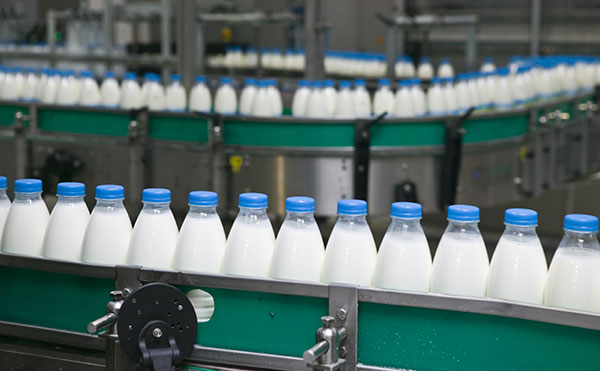
DENVER, June 24, 2021 (GLOBE NEWSWIRE) — U.S. milk production continues to increase faster than domestic demand, raising the need for export market growth. And Southeast Asia, with an expanding population and rising middle class, remains the biggest growth opportunity for U.S. dairy exporters. However, matching ample U.S. milk supplies with increasing demand in Southeast Asia will require U.S. processors to invest in manufacturing technology to meet the product needs of an ethnically and economically diverse consumer base.
According to a new report from CoBank’s Knowledge Exchange, rapid urbanization across Southeast Asia has raised per capita incomes and will lead to increased protein consumption as consumers seek healthier foods and beverages, including an array of dairy products and ingredients.
“The cultural and economic diversity throughout Southeast Asia means U.S. processors must offer a diverse product mix to compete,” said Tanner Ehmke, lead dairy economist with CoBank. “In the skim milk powder (SMP) market that accounts for the bulk of dairy imports into Southeast Asia, processors need to offer low-heat SMP at a lower price point for the millions of lower income consumers. At the same time, processors need to offer medium- and high-heat SMP for higher income consumers who want products with greater digestibility and solubility.”
Whey products exported to the region also need to meet diverse consumer needs with varying price points. Whey permeate powder is mostly used as a feed additive to fortify pig rations, with demand building as the region’s hog herd recovers from African Swine Fever. But as wealthier consumers increasingly desire protein sports drinks and products for babies and toddlers, demand for whey protein concentrate will continue to rise.
With much of Southeast Asia lacking a refrigerated supply chain and consumable products frequently sold via outdoor vending machines, products containing dairy must be heat stable. Powdered ingredients must also be completely soluble so solids don’t settle in the container over time. U.S. processors will need to ensure they are versatile enough to meet these needs to fully capitalize on opportunities in the Southeast Asia market.
While Southeast Asia promises greater export opportunities in the future, the U.S. dairy sector needs trade liberalization in order to take full advantage of the growth. U.S. dairy prices are frequently lower than other exporters into Southeast Asia, partially to overcome tariff barriers with some countries. Other major dairy exporters like Oceania and Europe, though, face production headwinds, potentially enabling the U.S. to capture market share.
Read the report, U.S. Dairy Processors Must Be Versatile to Compete in Southeast Asia.
























